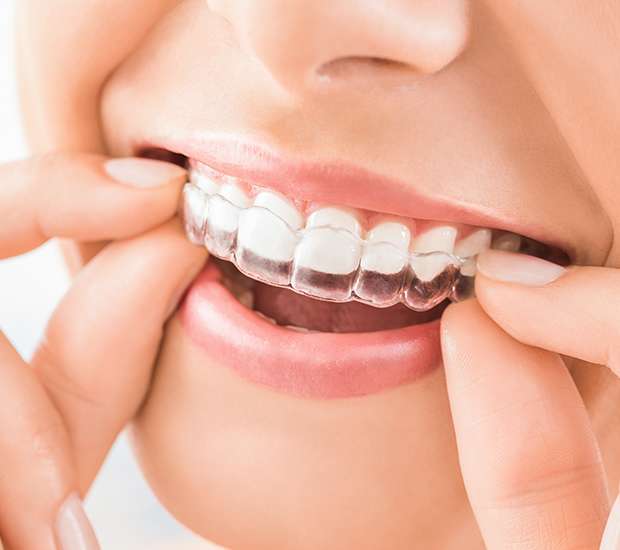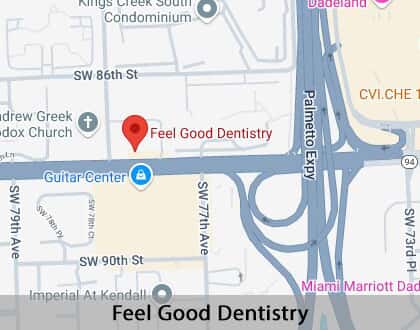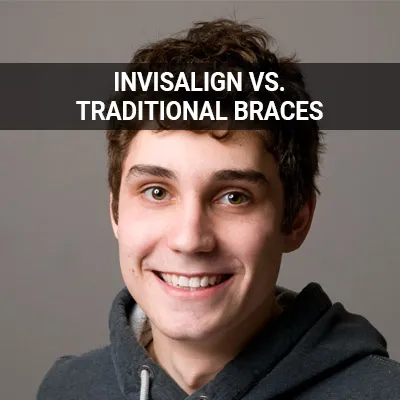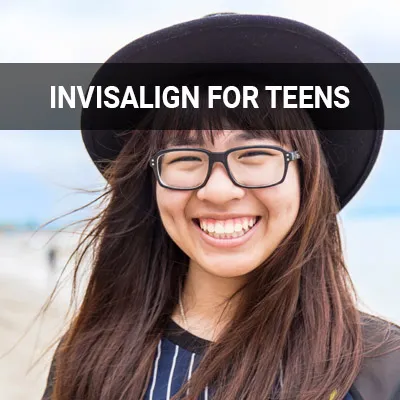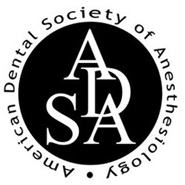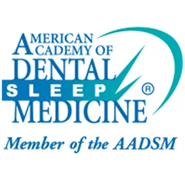Does Invisalign Really Work Miami, FL
Invisalign® is a popular alternative to traditional metal braces. Many patients favor them for their discreet, almost invisible appearance. For many patients, Invisalign can deliver results almost as quickly and as efficiently as traditional metal braces.
Invisalign is available at Feel Good Dentistry in Miami and the surrounding area. We can help you achieve the smile of your dreams without a mouth full of metal. Call us today at (305) 230-4484 to schedule an appointment and learn more.
The Research on Invisalign
Invisalign is the world's most popular and advanced clear aligner system. With over twenty years of innovation on its side, it has delivered smiles to over nine million people and over 2.3 million teens. Each patient receives a set of custom-made aligners. The system includes proprietary virtual modeling software, rapid manufacturing processes, and mass customization, and the aligners consist of a patented material.
To achieve the best results, patients must wear their aligners for 20 to 22 hours per day, removing them only when necessary. Such instances include eating or drinking anything other than cool water. Patients must also keep regular visits to both the dentist and the orthodontist. The dentist can ensure the mouth is in optimal health, reducing the risk of Invisalign irritating any conditions. The orthodontist can ensure the treatment's overall success while also switching out the patient's aligners.
“With over twenty years of innovation on its side, it has delivered smiles to over nine million people and over 2.3 million teens.”
Who Uses Invisalign
While orthodontic treatment is commonly associated with youth, Invisalign is appropriate for both teenagers and adults. The primary difference between Invisalign for teens and Invisalign for adults is a little dot that changes color based on how often the patient wears their aligners. This keeps younger patients accountable for their treatment. Invisalign Teen aligners tray are blue, then turn clear or white throughout their lifetime. The bluer the circle is, the longer the patient must prolong their treatment.
Invisalign for adults is like Invisalign for teens — just without the color-changing circle. Both systems use aligner trays consisting of SmartTrack® material, a patented blend of plastic made exclusively for the Invisalign brand. Invisalign appeals to both teens and adults because their virtually invisible nature makes for a less awkward-looking orthodontic treatment.
“While orthodontic treatment is commonly associated with youth, Invisalign is appropriate for both teenagers and adults.”
Requirements for Candidacy
Although Invisalign technology has advanced to allow treatment for more patients, not everyone is a candidate. During the smile assessment, we conduct both a physical oral exam and a 3D scan that traces the entire smile. We will also discuss oral and general health history, along with any past dental treatments.
In most cases, patients with severe orthodontic conditions are not advised to go with clear aligner treatment as they may need braces to effectively treat their case. Invisalign is intended primarily for patients with minor to moderate issues, such as overcrowding, spacing, or improper bite alignment. Possible treatment alternatives will be discussed if a patient is not a good candidate for Invisalign.
“Invisalign is intended primarily for patients with minor to moderate issues, such as overcrowding, spacing, or improper bite alignment.”
Check out what others are saying about our dental services on Yelp: Does Invisalign Really Work in Miami, FL
Invisalign vs. Traditional Braces
There are a few differences between Invisalign and braces. Clear aligners have the advantage of being both discrete and removable. This allows patients to continue living their lifestyle with very few restrictions and keep their oral cavity clean. However, patient compliance is crucial with Invisalign treatment as not adhering to an orthodontist's specified instructions can limit or diminish anticipated results.
Braces are extremely durable as they are made of metal and tightly connected by wire. They offer patients a bit of personality through the variety of colored wires available, often an intriguing factor for adolescents. An added advantage is they cannot be lost or broken, especially favorable for young patients. However, there is a list of restricted foods and beverages with braces treatment as they can easily cause enamel deterioration and gingival decay. Patients with braces must learn what to avoid and how to properly clean and maintain their oral cavity during treatment.
“Clear aligners have the advantage of being both discrete and removable.”
Questions Answered on This Page
Q. Is Invisalign backed by research?
Q. What age groups use Invisalign?
Q. What are the requirements for candidacy?
Q. What is the difference invisalign vs. traditional braces?
Q. What should I avoid during treatment?
People Also Ask
Q. How long will my teen need to wear Invisalign?
Q. What are the pros and cons of Invisalign?
Q. How can someone find the right Invisalign Dentist?
Q. Are clear aligners a time-saving treatment?
Q. What are the aesthetic differences between braces and Invisalign?
Q. How effective is Invisalign in treating overbites and underbites?
What to Avoid During Treatment
Although there are not many strict limitations on food and drink with Invisalign treatment since they are removable, we advise patients against certain items that may produce undesirable effects. Sugary, sticky, and acidic foods and beverages can stain, discolor, or weaken the natural surface layer of the teeth. Also, high-staining agents, such as coffee, tea, and wine, can affect the teeth.
Also, not removing the aligners when eating and drinking can trap bacteria and plaque, causing decay and enamel deterioration. This can have negative effects on the patient's overall treatment. It is vital that patients properly clean out the aligners, thoroughly brush their teeth, floss, and rinse at least twice daily to maintain the aligners and good oral health.
“Sugary, sticky, and acidic foods and beverages can stain, discolor, or weaken the teeth’s natural surface layer.”
Frequently Asked Questions
Q. Who is not a candidate for Invisalign treatment?
A. Invisalign is not for patients with severe dental or orthodontic conditions. It may not be suitable for patients who have difficulty with self-reliance or know they may not adhere to necessary protocol. Lastly, patients with several prior dental treatments or surgeries may not be good candidates due to weakened bone.
Q. How is candidacy determined?
A. During the initial consultation, patients are examined using a 3D scanner that takes hundreds of photos per second and creates an accurate digital image. We also conduct a physical oral exam and check for any signs of wear-and-tear or gingival decay. The Invisalign system interprets the findings and helps us determine whether the patient is a good candidate for treatment.
Q. What happens during Invisalign treatment?
A. Once a patient qualifies for Invisalign, we curate a treatment plan using the smile scan conducted during the consultation. The 3D renderings are sent to a lab that creates the custom trays for the first few weeks. The patient will have follow-up appointments every 4 to 6 weeks to check progress and are given their next sets of aligners.
Q. Will I have to wear a retainer after I complete treatment?
A. As with all orthodontic treatments, it is highly advised that patients wear a retainer to avoid relapse or shifting. Teeth tend to naturally shift back to their original placement without a device applying a specific amount of force. However, wearing a retainer even once a week for at least a year can make a big difference in long-term results.
Q. How long is the average treatment duration with Invisalign?
A. The length of treatment varies with each case. Patients may take as little as six months or as long as three years depending on the severity of their condition. It also depends largely on patient adherence to their individualized instructions and proper care and maintenance.
Invisalign® Terminology
Learn More Today
Invisalign can help you get the smile of your dreams without a mouth full of metal. We at Feel Good Dentistry can help. Call us today at (305) 230-4484 to schedule an appointment and learn more.
Helpful Related Links
- American Dental Association (ADA). Glossary of Dental Clinical Terms. 2025
- American Academy of Cosmetic Dentistry® (AACD). Home Page. 2025
- Invisalign®. How Invisalign Works. 2025
- Invisalign®. Take the Smile Assessment. 2025
- WebMD. WebMD’s Oral Care Guide. 2025
About our business, license, and website security
- Feel Good Dentistry was established in 1998.
- We accept the following payment methods: American Express, Cash, Check, Discover, MasterCard, and Visa
- We serve patients from the following counties: Miami-Dade County
- We serve patients from the following cities: Miami, Doral, Hialeah, Fontainebleau, Homestead, Sweetwater, Coral Gables, Kendall, South Miami, Westchester, Pinecrest, Dadeland, Coconut Grove, Palmetto Bay, and Brickell
- FL (License #DN14923). View License Information and Specifics
- National Provider Identifier Database (1528403946). View NPI Registry Information
- Healthgrades. View Background Information and Reviews
- Norton Safe Web. View Details
- Trend Micro Site Safety Center. View Details
Back to top of Does Invisalign Really Work
